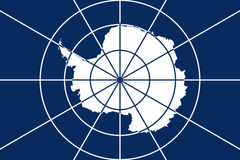OCR B Geography GCSE Sustaining Ecosystems
0.0(0)
Card Sorting
1/71
There's no tags or description
Looks like no tags are added yet.
Study Analytics
Name | Mastery | Learn | Test | Matching | Spaced |
|---|
No study sessions yet.
72 Terms
1
New cards
biotic
all of the living elements of the ecosystem including plants, animals and bacteria

2
New cards
abiotic
the physical, non-living parts of the ecosystem, including temperature, water and light
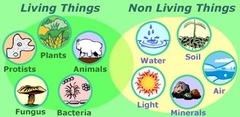
3
New cards
flora
another term for the plants in an ecosystem

4
New cards
fauna
another term for the animals in an ecosystem
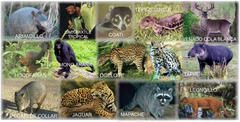
5
New cards
biome
large scale ecosystems that are spread across continents and have plants and animals that are unique to them

6
New cards
ecosystem
A biological community of interacting organisms and their physical environment.
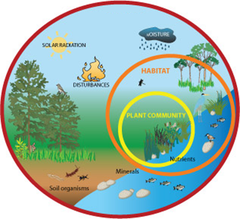
7
New cards
interdependence
the reliance of every form of life on other living things and on the natural resources in its environment, such as air, soil and water
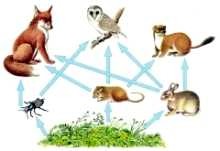
8
New cards
temperate
Mild or moderate
9
New cards
coniferous forest
a forest made up of trees that are evergreen and have needle shaped leaves
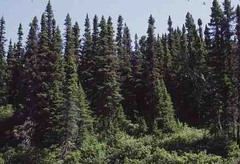
10
New cards
temperate deciduous forest
a forest made up of broad leafed trees which shed their leaves in autumn and grow new ones in spring
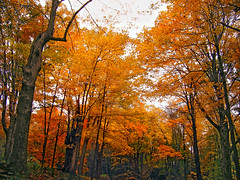
11
New cards
tropical rainforest
forest in the tropics which produces its own rain, have very high levels of bioproductivity and biodiversity
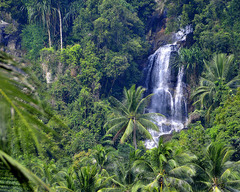
12
New cards
tundra
a vast, flat, treeless Arctic region of Europe, Asia and North America in which the soil is permanently frozen
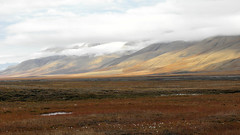
13
New cards
temperate grassland
grassland with moderate or mild temperatures
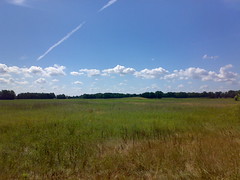
14
New cards
tropical grassland
grassland with tropical temperatures

15
New cards
hot desert
Hot area which recieves on average less than 250 mm rainfall per year
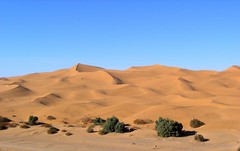
16
New cards
circumpolar wind
flow of air around the Earth's poles
17
New cards
deforestation
the cutting down of trees, transforming a forest into cleared land for other uses such as building, growing crops or rearing cattle
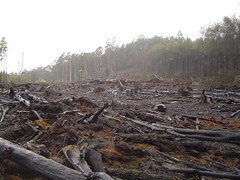
18
New cards
emergent
the tallest tree in the rainforest towering above the canopy
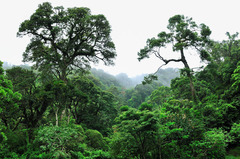
19
New cards
canopy
top layer of a rain forest, where the tops of tall trees form a continuous layer of leaves
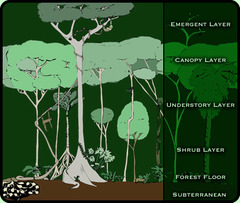
20
New cards
under canopy
young trees awaiting an opportunity to grow into the light
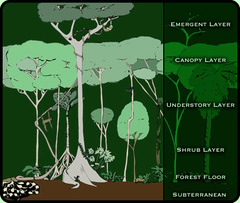
21
New cards
shrub layer
layer of forest containing shrubs and other short plants
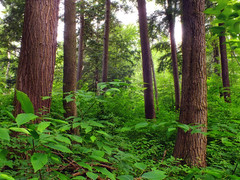
22
New cards
buttress root
Root that is shallow to soak up nutrients in thin soils, but big for stability
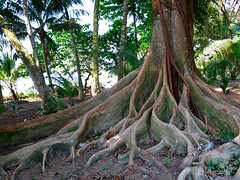
23
New cards
coral reef
a structure built up by coral animals in warm (mean of 18°C), shallow (less than 30m) ocean water.

24
New cards
continental shelf
a gently sloping, shallow area of the ocean floor that extends outward from the edge of a continent
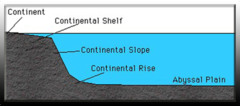
25
New cards
parrot fish
a type of fish which feeds on coral
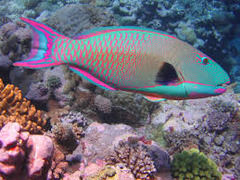
26
New cards
starfish
a marine echinoderm with five or more radiating arms
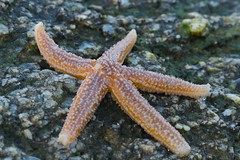
27
New cards
clam
a shellfish which feeds on plankton

28
New cards
eel
a long, thin fish that looks like a snake
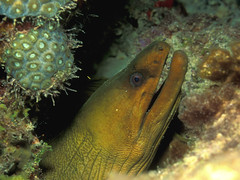
29
New cards
mollusc
soft bodied creatures like sea snails and octupuses
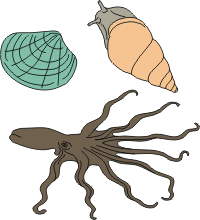
30
New cards
dugong
a large plant-eating mammal, related to the manatee, that lives in shallow tropical coastal waters

31
New cards
herbivore
eats only vegetation
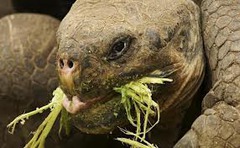
32
New cards
carnivore
eats meat
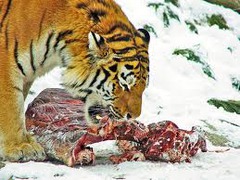
33
New cards
omnivore
eats both meat and vegetation
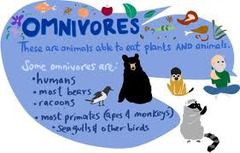
34
New cards
xerophytic
a type of plant that can survive on very little water
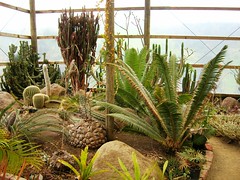
35
New cards
microclimate
the climate of a relatively small area, which is likely to be different from the climate of the surrounding area
36
New cards
biomass
the total mass of plants and animals in an ecosystem
37
New cards
litter
the total amount of organic matter, including humus (decomposed material) and leaf litter

38
New cards
soil
A loose mixture of rock fragments, organic material, water, and air that can support the growth of vegetation
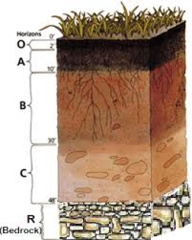
39
New cards
convectional rainfall
occurs frequently in the tropics where it is hot; hot air close to the ground rises, cools and condenses to form rain; if the air is hot enough, it rises very quickly and can lead to thunderstorms
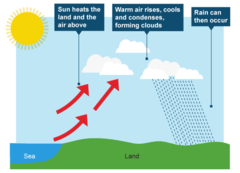
40
New cards
evapo-transpiration
the process by which water is transferred to the atmosphere by evaporation from surfaces and by transpiration from plants
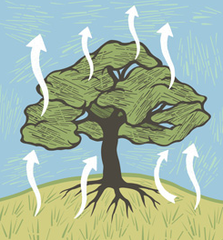
41
New cards
transpiration
loss of water from a plant through its leaves
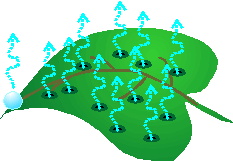
42
New cards
latosols
soils found under tropical rainforests with a relatively high content of iron and aluminium oxides
43
New cards
humus
rich, dark organic material formed by decay of vegetable matter, essential to soil's fertility
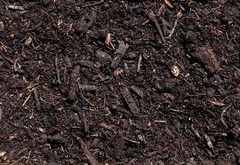
44
New cards
parent rock
the upper layer on rock on which soil forms
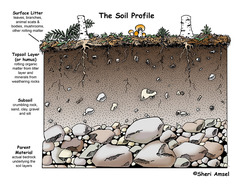
45
New cards
hunter-gatherers
nomadic people who move from place to place, hunting, fishing and harvesting (gathering) wild food
46
New cards
shifting cultivation
the use of tropical forest clearings for crop production until their fertility is lost. Plots are then abandoned, and farmers move on to new sites
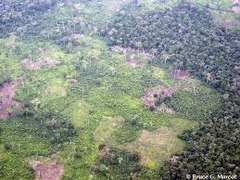
47
New cards
ecosystems goods
tangible items such as crops, wood, drinking water, fish, and wildlife
48
New cards
ecosystems services
the services which are provided by a natural ecosystem to people; these can be seen as benefits of keeping the ecosystem functioning efficiently
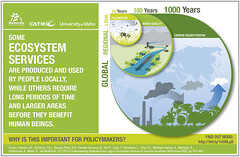
49
New cards
carbon sink
a forest, ocean or other natural environment that is able to absorb carbon dioxide from the atmosphere
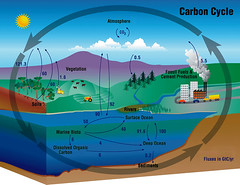
50
New cards
cash crops
crops grown and produced to be sold for a profit, such as wheat or cotton
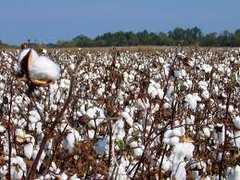
51
New cards
biofuel
a fuel that comes from living matter, such as plant material

52
New cards
slash and burn
a form of shifting cultivation where the natural vegetation is cut down and burned to clear the land for cultivation; when the plot becomes infertile the farmer moves on to a fresh plot and does the same again
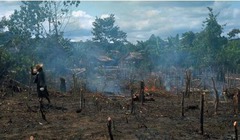
53
New cards
infrastructure
the basic structures and facilities needed for a society to function, such as buildings, roads and power supplies

54
New cards
mass tourism
Tourism that involves large numbers of people going to the same place at the same time
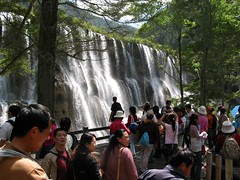
55
New cards
logging
cutting down trees for commercial purposes
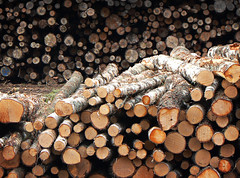
56
New cards
agriculture
use of land to grow crops or raise livestock
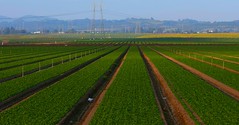
57
New cards
cattle ranching
use of land exclusively to rear cows for their meat, makes up 80% of the use of deforested areas in Brazil
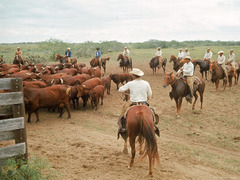
58
New cards
palm oil
a highly profitable cash crop used in food products and as a biofuel
59
New cards
mineral extraction
the mining of valuable resources e.g. gold, copper, silver and diamonds
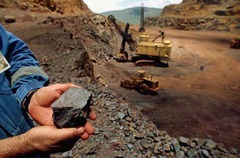
60
New cards
energy exploitation
the mining of energy resources e.g. oil and gas
61
New cards
endemic
a plant or animal species which is unique, or native to a particular area
62
New cards
albedo
the amount of incoming solar radiation which is reflected by the Earth's surface (and the atmosphere); fresh snow and ice reflect up to 90% of energy
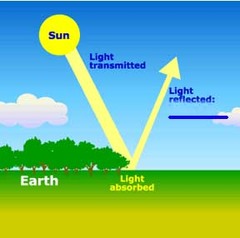
63
New cards
trophic cascade
the transfer of energy through an ecosystem as a result of food chains, at each level some energy is lost

64
New cards
permafrost
an area of land which is permanently frozen
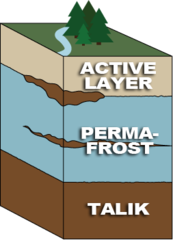
65
New cards
active layer
the upper layer above permafrost which thaws and refreezes during the summer
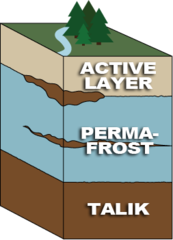
66
New cards
talik
an area of unfrozen ground surrounded by permafrost
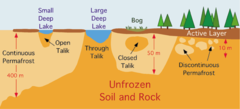
67
New cards
biodiversity
the diversity of plant and animal life in a particular habitat (or in the world as a whole)
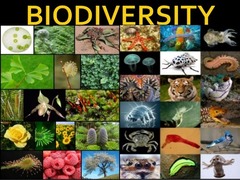
68
New cards
indigenous people
people who have lived in a given area for thousands of years
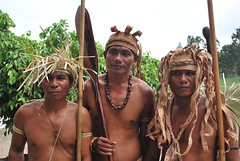
69
New cards
whaling
hunting for whales

70
New cards
moratorium
a temporary ban on an activity
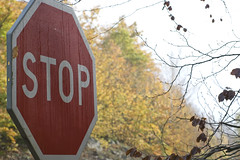
71
New cards
fishing
the activity by which 70% of global white fish is caught in Arctic waters
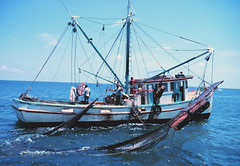
72
New cards
Antarctic treaty
agreement signed by twelve countries coming into force in 1961 and now backed by a total of 53 agreeing to preserve Antarctica for peaceful and scientific use
